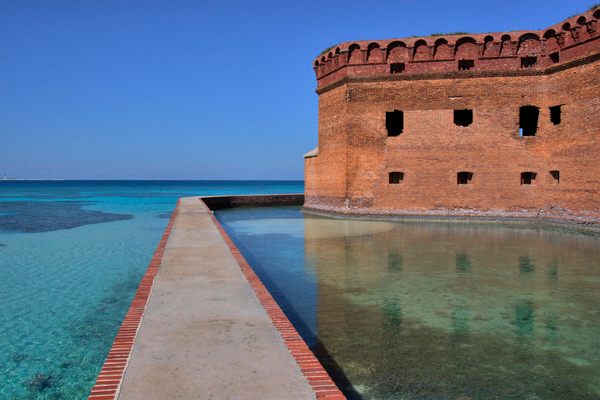About
North Brother Island, located on the East River between the Bronx and Riker's Island, is an island with a fascinating and tragic history.
The island was uninhabited until 1885, when the city purchased the island in order to build Riverside Hospital, a hospital for people suffering from contagious diseases such as typhus, tuberculosis, yellow fever, and smallpox. The island's most famous resident was "Typhoid Mary" Mallon, who bore the unfortunate distinction of being the United States' first documented asymptomatic carrier of the bacteria that causes typhoid fever. Mallon was initially quarantined at Riverside Hospital in 1907 after investigations by medical authorities revealed that seven of eight families for whom Mallon had worked as a cook had experienced typhoid fever outbreaks. Tests later revealed that Mallon did indeed carry the bacteria, though she appeared to be in perfect health. Mallon was released from quarantine in 1910 with explicit instructions not to return to her former occupation as a cook. Refusing to believe she was infected, Mallon quickly resumed her work as a cook, and a series of short-lived positions invariably left typhoid fever outbreaks in her wake. She was forcibly returned to quarantine on North Brother Island in 1915 after sickening 25 people at Sloan Hospital for Women. Mallon remained quarantined until her death from pneumonia in 1938, believing all the while that she had been unfairly detained.
In 1905, over one thousand people lost their lives when the General Slocum steamship caught fire near the island. Many of the staff assisted in the rescue of some of the 321 survivors. It was the worst loss of life in New York's history until the September 11, 2001, terrorist attacks. A memorial fountain for the over 1,000 dead stands in Tompkins Square in the East Village.
The hospital was reopened after the Second World War, first to house war veterans and later as a treatment for heroin addicts. In 1963, it closed its doors for good and has been left to decay ever since. The island is officially off-limits to the public, as it is a bird sanctuary for one of the area's largest nesting colonies of Black-Crowned Night Herons.
Related Tags
Know Before You Go
East River, between the Bronx and Riker's Island.
Community Contributors
Added By
Edited By
Published
July 1, 2013























































